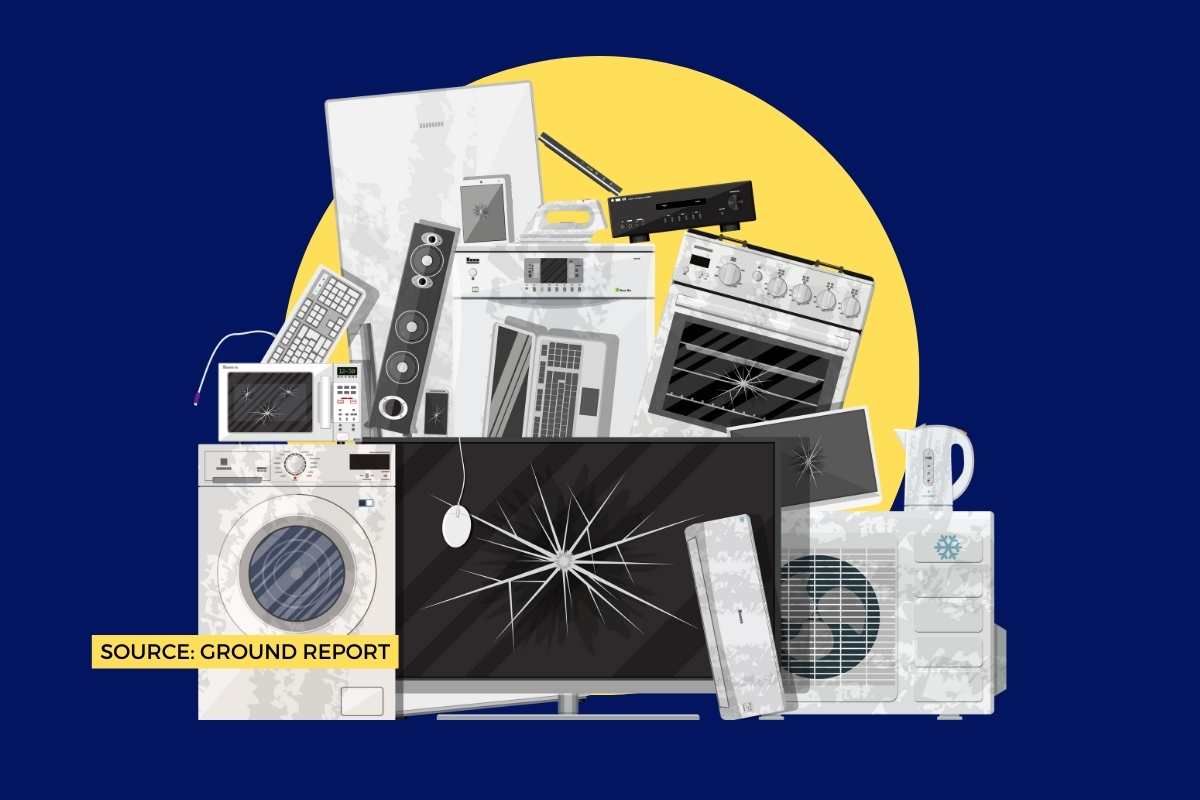A former enemy of the ozone layer is rising from its ashes. Despite the fact that the Montreal Protocol banned the use of chlorofluorocarbons (CFCs) at the end of the 1980s for being ozone-depleting agents, research led by the Massachusetts Institute of Technology (MIT) suggests that another agent non-human will possibly begin to release them in the year 2075, threatening the integrity of that atmospheric layer vital for life.
This agent is none other than the ocean , one of the great deposits of this gas that for years has been absorbing and sequestering it in its depths. In fact, marine CFCs have been used as tracers to study ocean currents, assuming they did not have a large impact on atmospheric concentrations.
However, MIT experts have found that the reality is totally contrary to those assumptions and that at least one type of oceanic CFC, CFC-11, affects chlorofluorocarbon concentrations in the atmosphere.
Oceans may expel ozone depleting gas
According to the researchers, the oceans will lose the ability to store this gas from 2075, although it could be 10 years earlier due to the effects of climate change. Emissions of CFC-11 from the ocean will effectively extend the average residence time of the chemical, causing it to remain five years longer in the atmosphere than it would otherwise.
“By the time we get to the first half of the 22nd century, there will be enough flow coming out of the ocean and it might look like someone is cheating the Montreal Protocol, but instead it could just be what’s coming out of the ocean,” said Susan Solomon. , co-author of the study. “It is an interesting prediction and, hopefully, it will help future researchers to avoid being confused about what is happening,” added the expert.
ALSO READ: Climate Change is Real: The world is flooding
Time is running out
In the paper, the team of scientists sought to find when the ocean would become a source of this chemical and to what extent the ocean would contribute to concentrations of CFC-11 in the atmosphere. In the same way, they also tried to find out what impact climate change would have on this phenomenon.
To do this, they used a hierarchy of models to simulate mixing within and between the ocean and the atmosphere. They started with a simple model of the atmosphere and the upper and lower layers of the ocean, in both the northern and southern hemispheres.
To this model they added the anthropogenic emissions of CFC-11 that had been previously reported over the years, and then ran the model in time, from 1930 to 2300, to observe changes in the chemical flux between the ocean and the atmosphere.
Ocean would emit CFC-11
They then replaced the ocean layers of this simple model with MIT’s general circulation model, or MITgcm, a more sophisticated representation of ocean dynamics, and ran similar simulations of CFC-11 over the same time period.
Both models produced atmospheric levels of CFC-11 to this day that matched the recorded measurements, giving the team confidence in their approach. When they looked at the future projections of the models, they could see that the ocean began to emit more chemicals than it absorbed, especially after 2075. By 2145, the ocean would emit CFC-11 in amounts that would be detectable by current monitoring standards.
On the other hand, to measure the possible impacts of climate change, the team used a pessimistic scenario in which temperatures will rise by five degrees Celsius by the end of the century. In this context, they discovered that the crisis could advance the emission of these gases by 2030 and will become a stable source by 2140. “Generally, a colder ocean will absorb more CFCs. When climate change warms the ocean, it becomes a weaker reservoir and also degasses a bit faster, ”said Peidong Wang, a co-author of the study. (Oceans may expel ozone)
ALSO READ: Moon and the sea will cause months-long floods in 2030
Higher resolution models
“Even if there were no climate change, as CFCs break down in the atmosphere, eventually the ocean has too much in relation to the atmosphere and will come out again. We believe that climate change will make that happen even sooner. But change does not depend on climate change ”, added Susan Solomon.
Their simulations showed that ocean change will occur slightly faster in the Northern Hemisphere, where large-scale ocean circulation patterns are expected to slow, leaving more gases in the shallow ocean to escape back into the atmosphere. However, knowing the exact drivers of the ocean’s inversion will require more detailed models that the researchers intend to explore.
“Some of the next steps would be to do this with higher resolution models and focus on patterns of change. For now, we’ve opened up some great new questions and given an idea of what one might see, ”concluded Jeffery Scott, another of the researchers involved in the study.
Support us to keep independent environmental journalism alive in India.
Keep Reading
MP farmers battle stray animals, sleepless nights to protect crops
Indore’s Pipliyahana Lake struggles to survive, even after conservation measures
Costliest water from Narmada is putting financial burden on Indore
Changing weather pattern impacts soybean crops in Dewas region of MP
Follow Ground Report on X, Instagram and Facebook for environmental and underreported stories from the margins. Give us feedback on our email id greport2018@gmail.com.
Don’t forget to Subscribe to our weekly newsletter, Join our community on WhatsApp, Follow our Youtube Channel for video stories.









